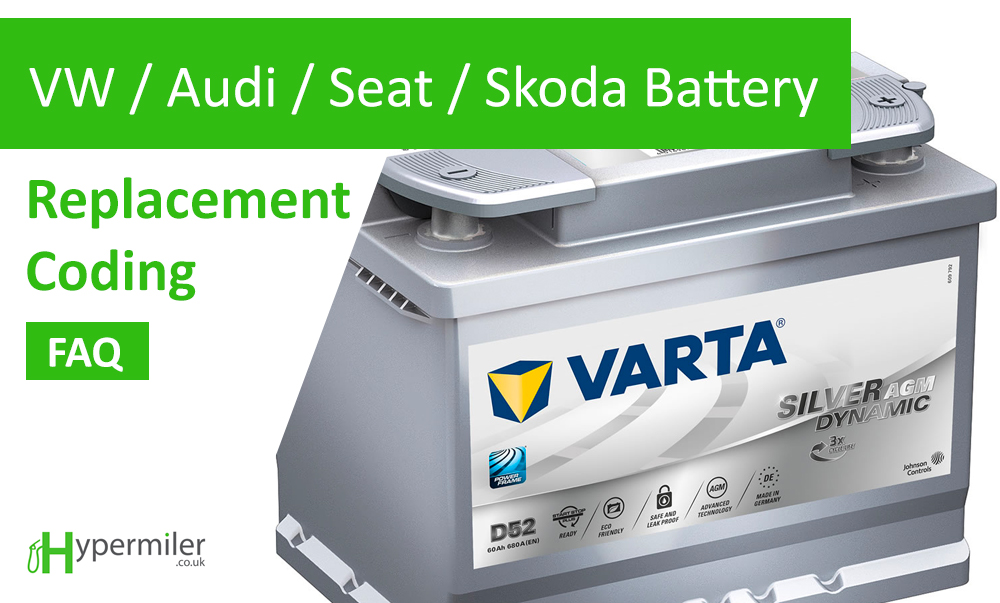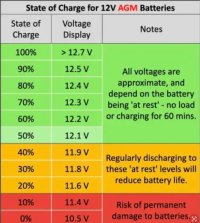WelshGas
Retired after 42 yrs and enjoying Life.
Super Poster
Lifetime VIP Member
Do you have any evidence/information regarding this. As far as I am aware only the engine battery has to be coded for proper functioning of the emissions technology.AFAIK replacing the leisure batteries in the T6.1 requires coding, but I don't know the procedure. Can it be done with VCDS?
The Camper Control system is a separate stand alone system from the vehicle control system.




















